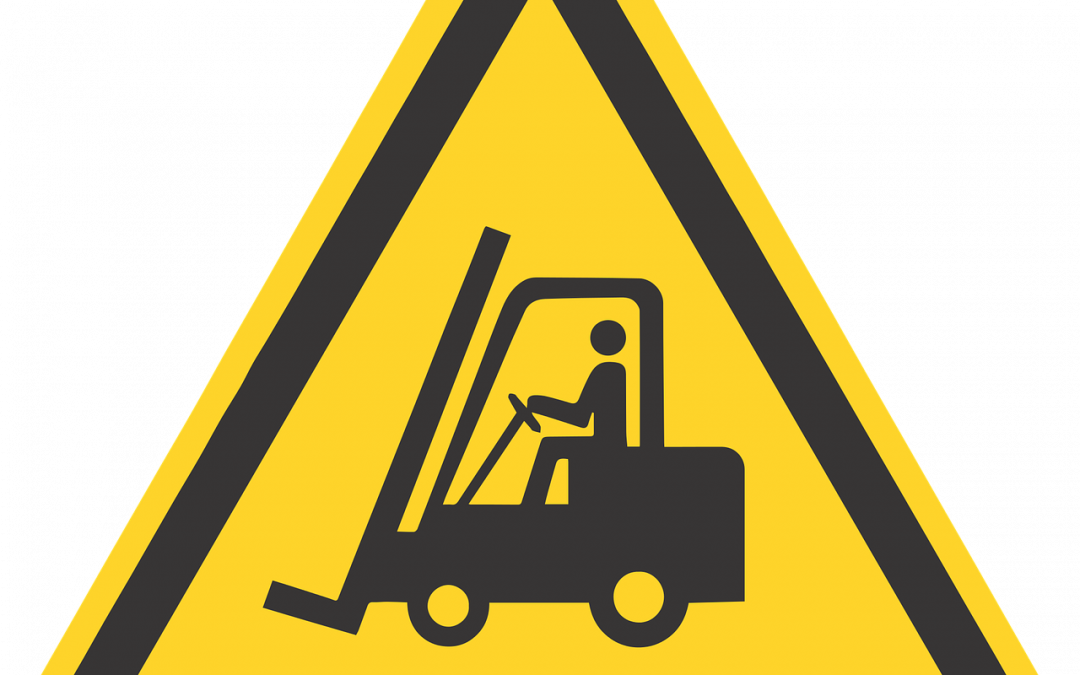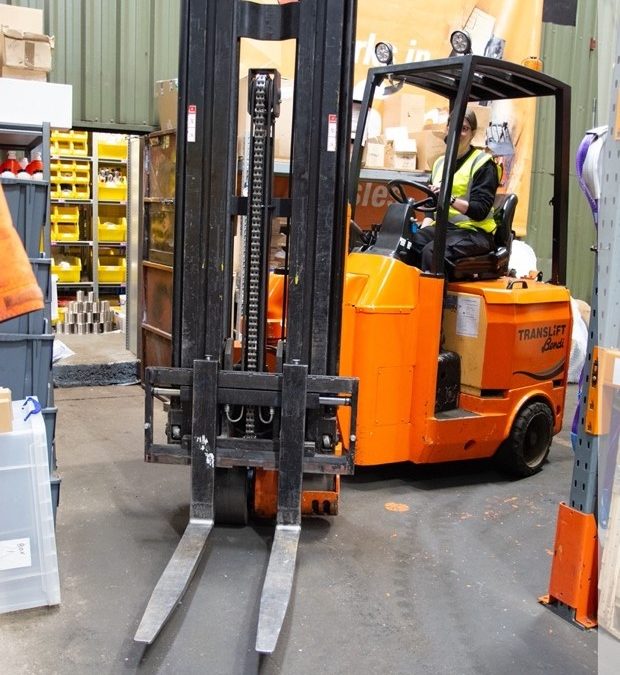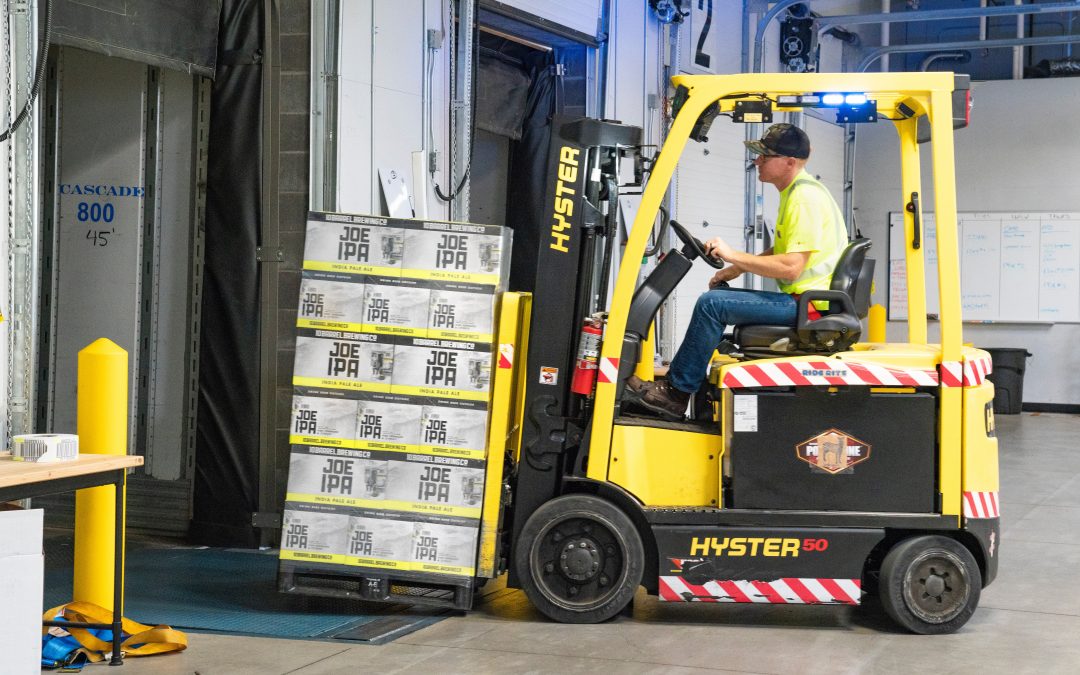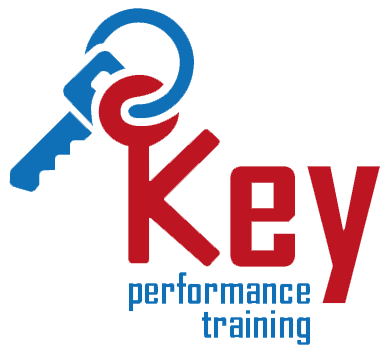
by Rachel Gearon | Jan 5, 2023 | Employment & skills, Industry news, Training courses
The Health and Safety Executive (HSE) has released its annual work-related health and safety statistics for Great Britain for 2021/2022. These show that the estimated economic cost of ill-health and injuries related to transportation and storage workplaces is £823 million.
According to the report, 1.8 million working people are suffering from a work-related illness. In transportation and storage, there are 49,000 work-related ill health cases. This represents around 3.1% of workers in the sector. However, this is lower than the rate for workers across all industries (3.5%).
For the first time, the statistics from the transportation and storage industry category has been subdivided. This will make it easier to see key statistics for specific sectors. Including warehousing, road haulage, and ports.
For instance, the latest report shows that those in warehousing and road haulage had among the lowest rates of work-related ill health in transportation and storage (2.7% and 2.6% respectively).
Mental health in the workplace
In total, an estimated 17 million working days were lost due to work-related stress, depression, or anxiety in 2021/22. This is over half of all working days lost due to work-related ill health across all industries. In transportation and storage, stress, depression, and anxiety are the leading causes of work-related ill health (41%). With an estimated 20,000 self-reported cases, the rate has increased from the previous period. Though this level (1% of workers in the sector) is still much lower than the all industry rate (1.6%). However, overall, these figures are not statistically significantly different from the previous period, which included time affected by the coronavirus pandemic.
What can be done?
As an industry, we need to take mental health seriously. It has a significant impact on the individual, and on the business. There are different ways employers can easily improve the way they manage this issue. For example, employers could consider appointing mental health first aiders.
Musculoskeletal disorders still pain the sector
Across the whole British workforce, there are 477,000 workers suffering from a work-related musculoskeletal disorder. In transportation and storage, musculoskeletal disorders (36%) are the second most prominent cause of ill health. Around 17,000 cases were reported. Around 1.4% of workers in road haulage and warehousing workers suffered from musculoskeletal disorders, significantly higher than the all industries rate (1.2%).
What can be done?
Risk assessments around any type of handling are key. But so is training in the correct practices around manual handling. Especially so for any worker who lifts, pushes, or pulls during their work. There are simple techniques that can be employed to minimise risk.
Delivering manual handling training specifically designed for transport, warehousing, and logistics operations will also help improve effectiveness. For convenience, this training is now available from us as an eLearning option.
Moving vehicles cause fatalities
There were 16 fatal injuries in the transportation and storage sector in the latest report period. This is an increase from 14 in the previous report. The fatal injury rate of 0.9 per 100,000 workers is around twice the all industries rate. However, it is statistically similar to pre-coronavirus levels.
The leading cause in the transportation and storage industries was being struck by a moving vehicle (34%). This shows that improvements to operator and driver training are still needed to improve safety in many operations.
What can be done?
Lift truck operators and LGV/HGV drivers need to receive the relevant training. As do any pedestrians working in the vicinity of moving vehicles. Investing in high quality training for your operators will improve both the efficiency and the safety of your operations.
The correct supervision can also play a significant role. Incidents can also occur because of inadequate supervision. Managers and Supervisors in materials handling operations may benefit from training, such as a Forklift Manager eLearning course.
Non-fatal injury rates are not improving
There were around 31,000 workers who sustained a non-fatal injury at work in transportation and storage. This is similar to the previous reported period. Prior to the pandemic, there had been a downward trend. But these improvements appear to have halted. Around 2.1% of workers in transportation and storage sustained an injury, significantly more than the all industries rate (1.7%). Road haulage (2.6%) and warehousing (2.5%) were among the most affected sub-sectors. 25% of these cases resulted in an absence from work of more than 7 days.
The key cause of non-fatal injuries was slips, trips, and falls (32%). Then injuries from handling, lifting, or carrying (23%). These have been the leading causes in transportation and storage over the past three years.
What can be done?
The fact that the rate of non-fatal injuries is not improving shows that change is needed. Training around manual handling is essential. As is correct management and supervision, to ensure standards are upheld.
Better workplace transport operational processes may also be needed to reduce risk. An impartial audit may help. Did you know RTITB provide a Workplace Transport Operations Health Check, using internationally qualified lead auditors and workplace transport training specialists to conduct a thorough audit of your operations, via risk assessment, observation, interviews and more.
Following this consultation, which usually only takes around one day, they’ll give you an impartial report revealing potential risks and areas for improvement, as well as highlighting good practice. Importantly, the plain English report will recommend how you can act now.
It’s time to take action!
The latest figures do not indicate a severe decline in any area within transportation and storage. Yet any of these cases of work-related injury or ill-health may be avoidable.
Across all industries, 36.8 million working days have been lost due to work-related illness and workplace injury. This is at an estimated cost of £18.8 billion and of course the statistics do not account for all the unreported incidents that happen every day. There are widespread economic hardship and varying skills shortages. So, transportation and storage employers need to take action to reduce the impact that ill-health and injury can have on the industry.
A good first step is training. And that applies to drivers, operators, instructors, managers, and supervisors.
Speak to us about how to improve safety, standards, and compliance in your road transport or materials handling operation now.
Contact us on 01793 975353 or david.gearon@keyperformancetraining.co.uk for more information.

by Rachel Gearon | Dec 1, 2022 | Employment & skills, Industry news, Training courses
Forklift trucks are dangerous if not handled properly, which is why regulated training is so important.
If you’re an employer, you can face court cases and severe fines if you do not properly maintain your vehicles and train your operators correctly. Without the necessary training in place, some workplace insurance may not cover you in the event of an accident.
If you’re an operator, you could be putting your life at risk if you operator a truck without the correct training.
Please see some recent incidents and accidents involving forklift trucks, as reported by RTITB:
Worker broke his back in 2ft fall from forklift truck
Teenager crushed to death by forklift truck at Norfolk farm
Sea food processing company fined after fatality involving forklift
Please contact us on 01793 975353 or david.gearon@keyperformancetraining.co.uk if you need quality, accredited training.

by Rachel Gearon | Nov 17, 2022 | Our News, Training courses
Key Performance Training is delighted to offer our customers a fantastic Black Friday offer – Book any of our forklift courses (Counterbalance, Reach or Pivot Steer) in 2022, and we’ll give you a huge 22% discount off our normal pricing!
For example:
- Novice courses are normally £650 plus VAT (£780 including VAT)
- Book now with this offer and they are £520 plus VAT (£624 including VAT)
- That’s a huge saving of £130 plus VAT (£156 including VAT)
Please quote KPTBLACKFRIDAY22 when booking to take advantage of this offer!
T&C’s apply.
Contact us on 01793 975353 or david.gearon@keyperformancetraining.co.uk for more information or to book your course.
T&C’s – Offer is available until 23rd December 2022. Training must be completed by 28th February 2023 and paid for in full 3 weeks before the course is due to start. Any courses not paid in full 3 weeks before the course is due to start will be cancelled and our standard pricing at that time will apply.

by Rachel Gearon | Oct 20, 2022 | Employment & skills, Industry news, Training courses
The UK has seen an increased demand for Pivot Steer operators, and this looks likely to continue.
There has been a 23% increase in Pivot Steer operator training compared to pre-pandemic levels, as employers look to create high density racking in their premises and maximise the efficiency of their operations.
The Pivot Steer, due to it’s ability to turn in very tight spaces, offers the best option for these types of environments but as an articulated machine, it’s very different to ‘standard’ counterbalance lift trucks, so different operator training is needed, even for experienced operators.
Our Pivot Steer Conversion course covers the basic principles of Pivot Steer operation – such as manoeuvring, stability fundamentals, stacking and destacking.
“Most Pivot Steer trucks are used to work with loads in high density racking systems. Here, there may be big differences in the tasks required and lift configurations,” says Laura Nelson, Managing Director for RTITB. “It is the responsibility of the employer to deliver training that applies to the specific situation that the operator will be working in, accounting for the complexities of the tasks at hand, and the specific type of equipment that will be used in the live environment.”
So if you’re looking to convert your existing certificate to one of these sort-after trucks, we’re delighted to confirm that courses are now available. Even better, if you book and attend a course in 2022, you can save 22% off the cost of the course!*
*Normally £285 plus VAT (£342 including VAT) – book a course for 2022 for £222.30 plus VAT (£266.76 including VAT). Quote “KPTPIVOT22” to use this offer.
Contact us on 01793 975353 or david.gearon@keyperformancetraining.co.uk for more information.

by Rachel Gearon | Oct 13, 2022 | Employment & skills, Our News, Training courses
Musculoskeletal disorders still account for an alarming rate of absenteeism in the UK workforce, with most of these injuries associated with poor manual handling.
Employers are losing numerous days of resource each year, so why not invest in manual handling training to keep your people safe and reduce injuries and absenteeism?
It’s never been simpler – with the RTITB’s eLearning Manual Handling in Transport, Warehousing and Logistics course. This course is perfect for anybody who manually lifts goods, or pushes/pulls equipment in warehouses, yards, supply chain and logistics operations, and distribution centres, as well as those wishing to learn about the fundamentals of safe manual handling in the workplace.
This course can be accessed anytime, anywhere with an internet connection and can be used on multiple platforms such as tablets, laptops and PCs/MACs. Candidates simply log on and work their way through the course, and it should take no longer that 5 hours to complete.
This relevant and engaging course is a simple, cost effect and quick way to significantly reduce absenteeism and make sure you’re ready for the busy season ahead.
Contact us on 01793 975353 or david.gearon@keyperformancetraining.co.uk for more information or to book a course.

by Rachel Gearon | Oct 6, 2022 | Employment & skills, Training courses
Forklift driving is a career path where you are constantly learning and acquiring new skills as you become more experienced. Obtaining your forklift licence is just the beginning of your journey. So how can you be a better forklift operator?
Never Skip Checks
Forklift trucks can be extremely dangerous machines to operate. Always check the forklift truck over before starting a shift, even if a driver has just been using it immediately before you. We all know the feeling of a manic Monday morning, but it is vital that you take the time to go through a safety checklist before operating a forklift, each and every time.
Be Disciplined About Distractions
It’s always the tips that sound so obvious that are the easiest to disregard. It seems clear to say that drivers should avoid any and all distractions while on the truck, but being disciplined about distractions can be easier said than done. Maintaining focus at all times is paramount to forklift truck driving safety, both for you and for those around you.
Keep Yourself Warm
As we enter the cold months ahead, be aware that driving in cold conditions dramatically reduces your reaction times, so it’s best to make sure you are dressed appropriately for both the weather and warehouse conditions. This is especially important if your work takes you outside. Layers that can be easily added to over the course of the day are an ideal solution, and could make all difference in the safety of your forklift operating.
Ask For Help
It can sometimes be difficult to ask for help, but in forklift truck driving, there are no stupid questions. Always communicate, always make sure, and always double check. It is better to ask and eliminate all doubt, and all safety risks along with it. This way, you are in total control of the safety of your workplace.
Contact david.gearon@keyperformancetraining.co.uk or call 01793 975353 for further advice or information.






